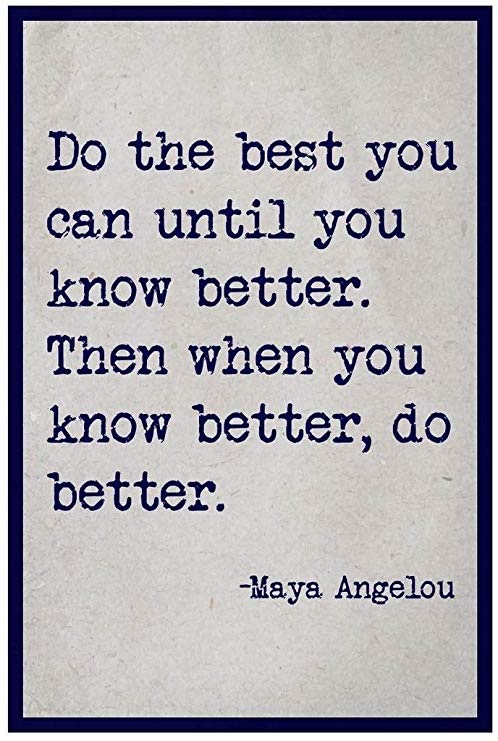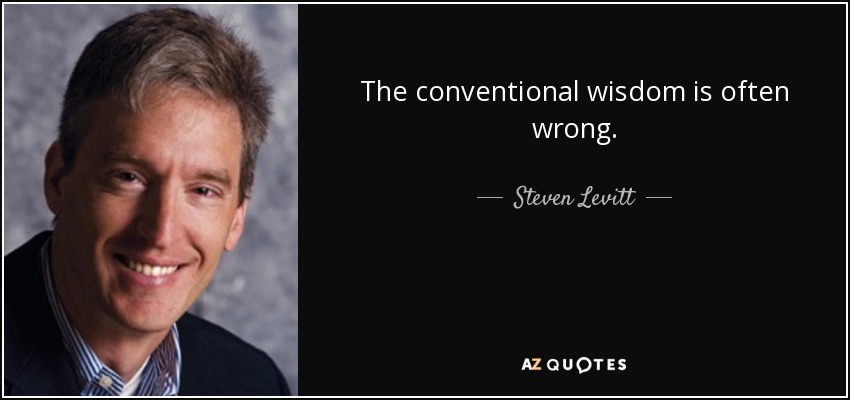Where Your Shoulder Exercises Go Wrong!
2019-12-14
Jessica Bento, Physical Therapist (Co-Creator DVRT Restoration, Pelvic Control, and Shoulder Course)

I don’t ever judge people for doing what they THINK is right, even if they may be missing the bigger picture. Making mistakes is how we grow and I can’t tell you how many mistakes I made as a young physical therapist! What is a bit disconcerting is when we have better information and we continue to ignore it. It was Maya Angelou that said…..

Shoulders tend to be a great example of how we know more than ever and yet, we are still doing the same shoulder exercises we did back in the 80’s! Now, we don’t change things to just change them, but as we gain more information we should ask ourselves if we truly are doing the best possible!

How do I mean though? Should we stop doing shoulder exercises? Well, we probably SHOULD stop thinking of the shoulder as an independent part of the entire body. Just like everything else in our body, our shoulders are part of a bigger system. The shoulder is meant to be a joint with a lot of movement and that benefit can also be its downfall if we don’t know how to train it with the rest of the body.
“But Jessica my shoulder hurts, shouldn’t I train my shoulder?”
I hear that a lot, but it reminds me of the quote from renown physical therapist, Diane Lee, “the criminals never scream as loud as the victims.” Meaning, just because an area bothers you doesn’t mean that was the cause of the problem. Even when the shoulder is the problem (let’s say you got hit in the shoulder for example), we still want to train it in conjunction with the chains that involve the shoulder because that is how our nervous system (our governing system) sees how we will use it in movement.
So, what are common mistakes people make with shoulder exercises? Let’s examine the most often missed opportunities….
We Take The Core Out!
How often do you see people laying on benches, stability balls, and the like while they perform their shoulder exercises? I see it all the time especially with rotator cuff targeted drills, Y, T’s, and I drill, and so forth. Don’t worry, I use to do that too because I really wanted to focus on the shoulder. However, what I learned with DVRT is that the core is the foundation that our shoulders rely upon to have strong and stable shoulders. If we don’t integrate how the core and shoulders work together, we will never truly help the shoulders like we think!
https://www.instagram.com/p/B5-T3D2H2ol/
You see from the “shoulder exercises” above how I am trying to integrate the core with the actions of the shoulders. Imagine trying to build a really tall building with a really weak foundation?! You are right if you think it is going to keep falling down and be unstable!
These concepts of functional fitness should help us make even the most familiar of shoulder exercises better. How about a classic wall slide? By itself it could give us some information about how people move, as a training drill it is very limited. We don’t teach people HOW to integrate the shoulder or how the core works with the rest of the body.
https://www.instagram.com/p/B50KrQ2n7bI/
Shoulders Are More Than Pressing
We still tend to look at the body through a bodybuilding pair of glasses. If the shoulders aren’t working right let’s do some really select shoulder exercises. However, these shoulder exercises rarely look like anything that the shoulder actually does in life. One of the father’s of functional training physical therapist, Gary Gray has given some great insights to how we need to think about shoulder exercises. Concepts like….
“The pelvis, trunk, and scapula all tie together (peltrunk-ula formula) for an under- standing of function in the shoulder”
“The shoulder has the capacity to go through tri-plane loading as well as tri-plane unloading.”

https://www.instagram.com/p/BxuYjW9nSos/
https://www.instagram.com/p/B5VLLz0HitU/
© 2025 Ultimate Sandbag Training. Site by Jennifer Web Design.







